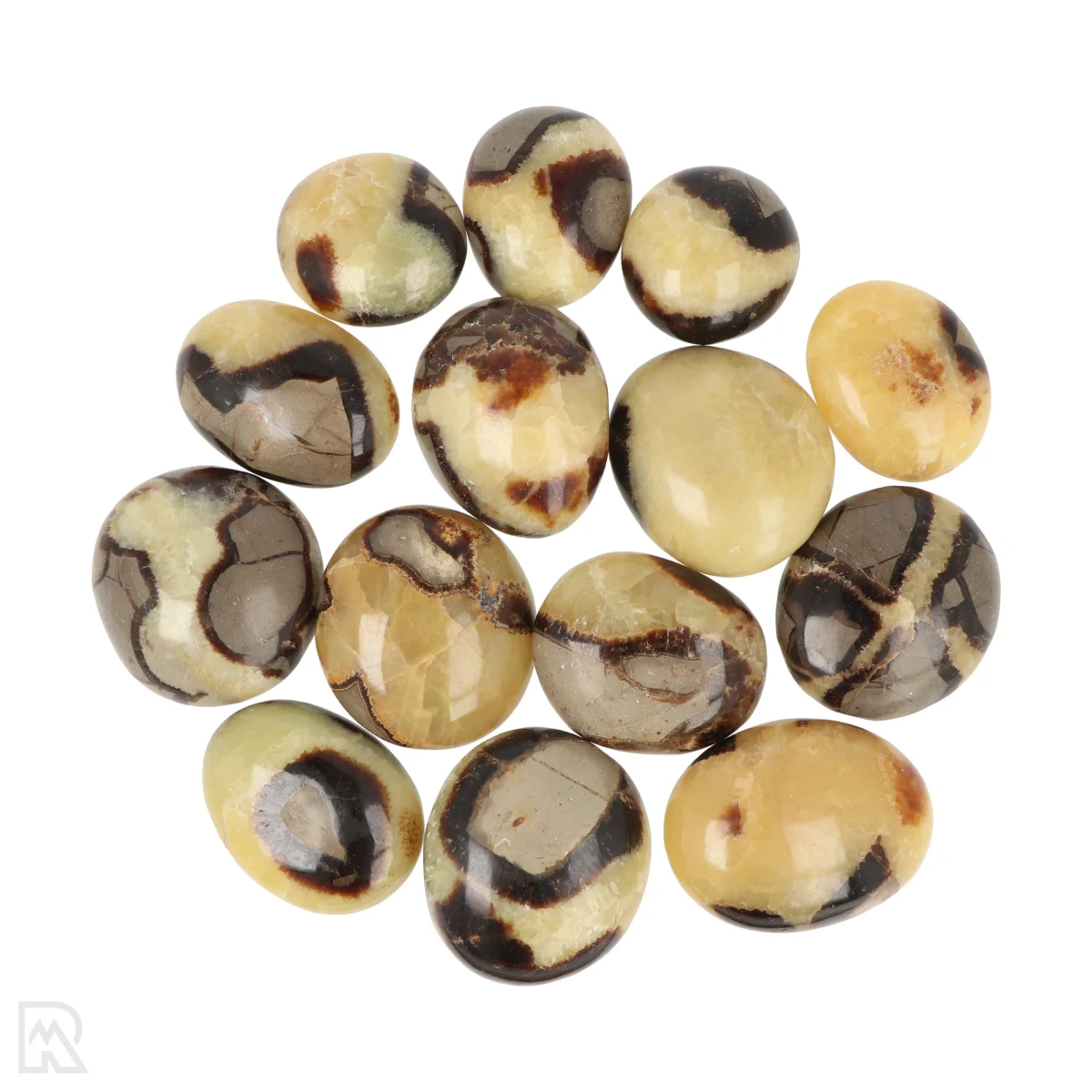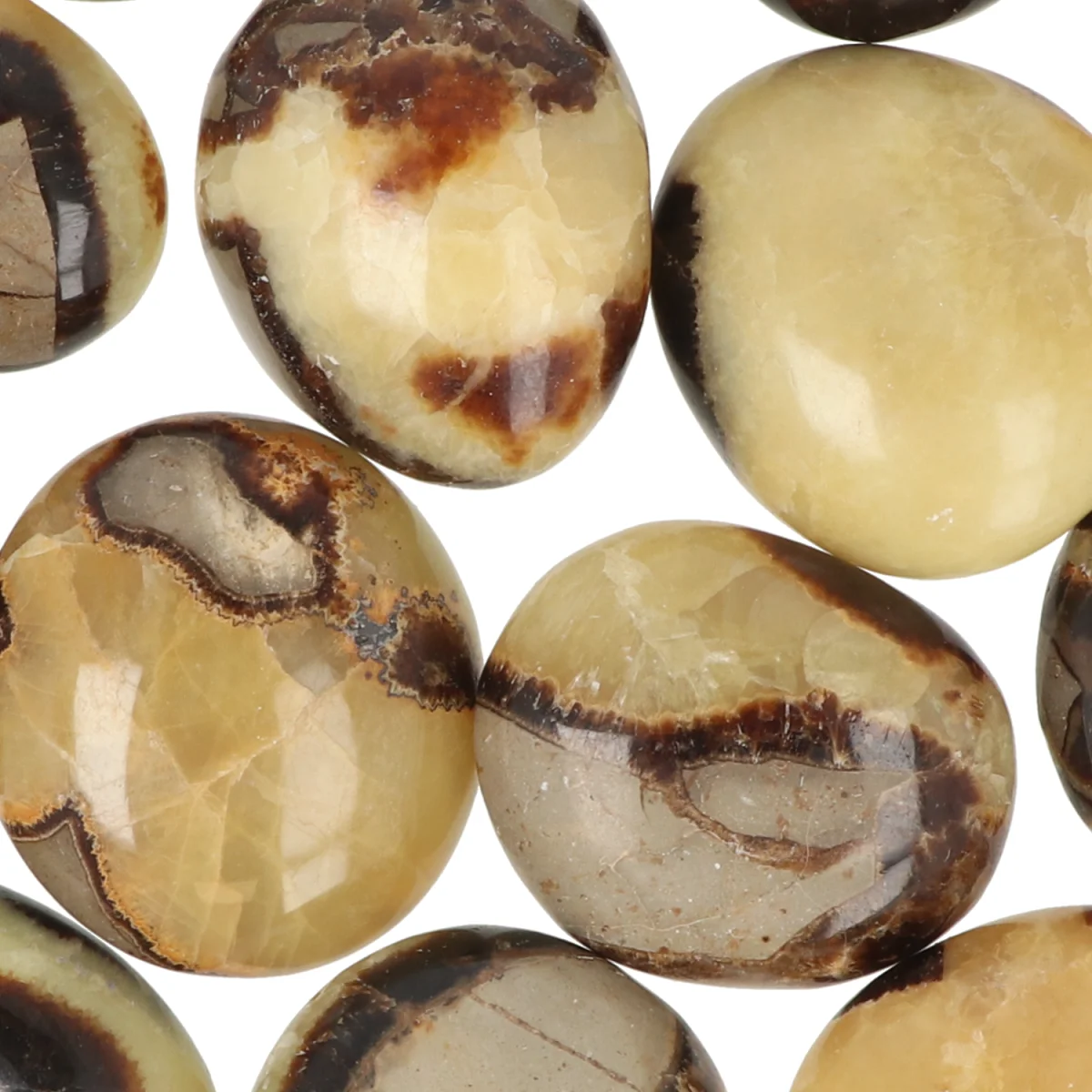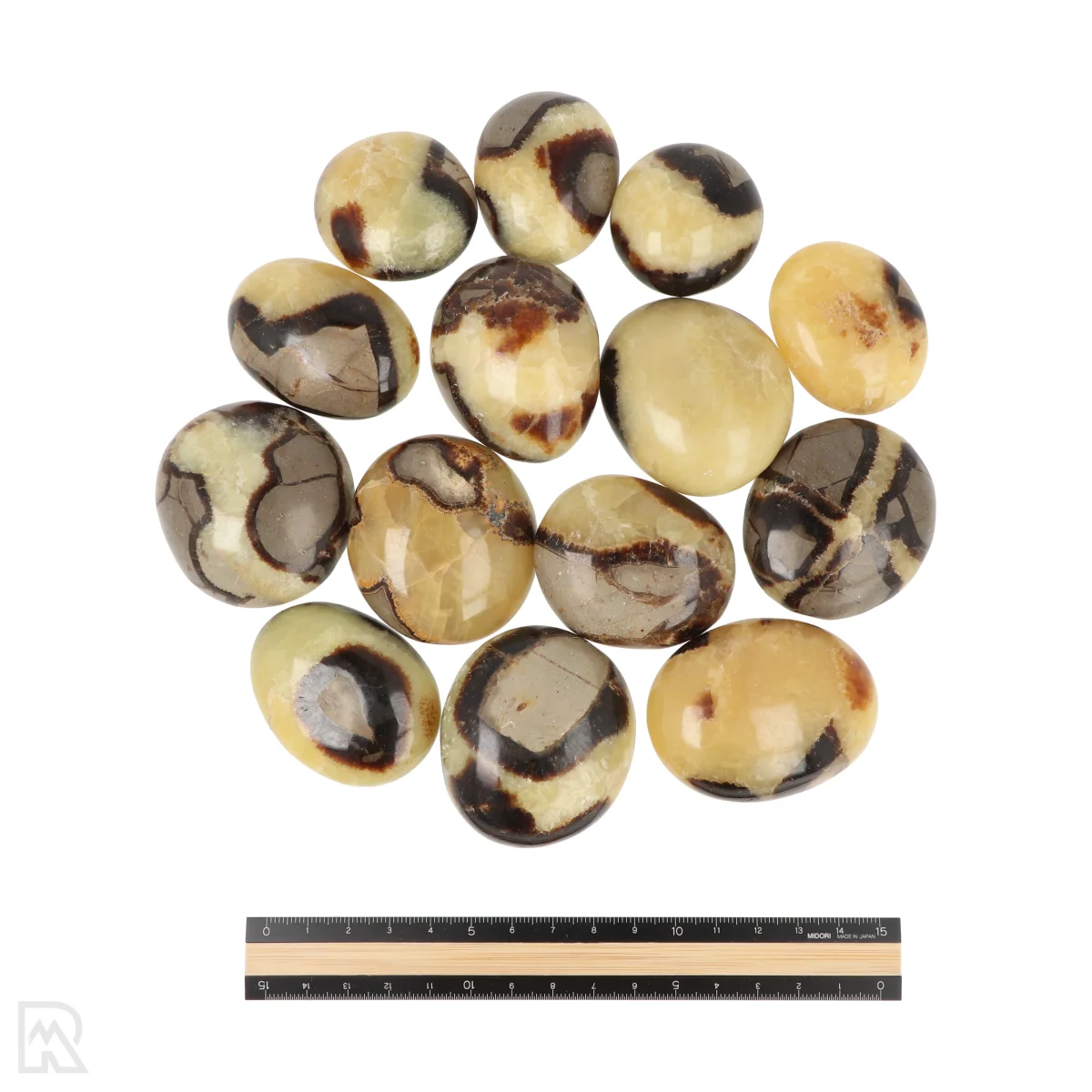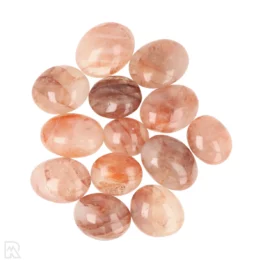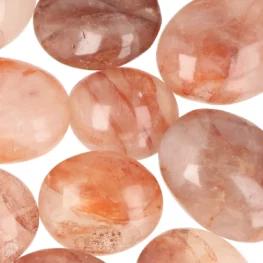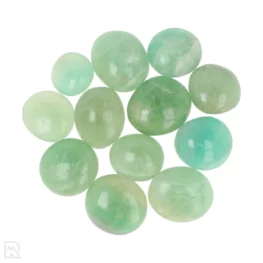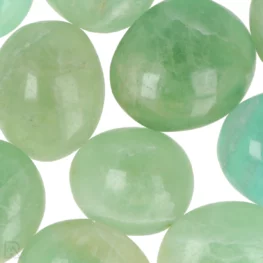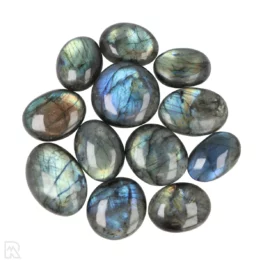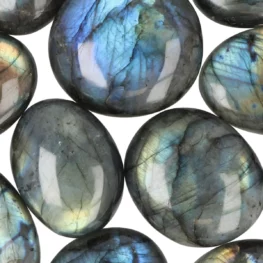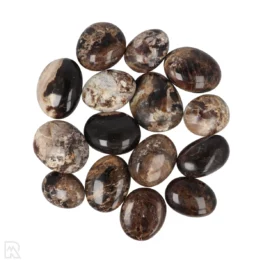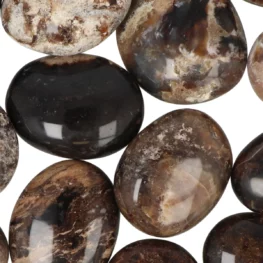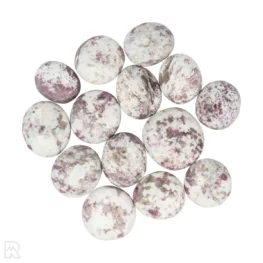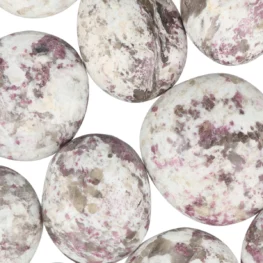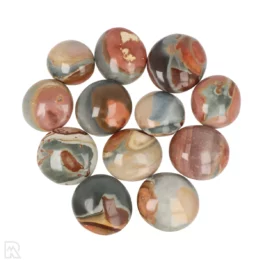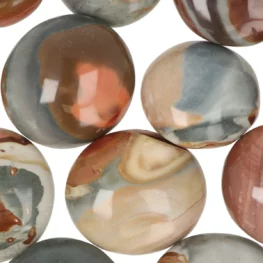| Gewicht | 0,1 kg (100 gr) |
|---|---|
| Sales Unit | |
| Minimum order | 500 gr |
| Type | |
| Dimensions (±) | 4 - 6 cm |
| Number | 15 pieces per kg |
| Form | |
| Origin | |
| SKU | 6525 |
Septarie Handstones
Septarie Handstones from Madagascar
Septarie
Septarie, also called septarian nodule, is a concrete rock composed of a combination of minerals, mostly calcite, aragonite and clay, with cracks filled with crystals. The name refers to the natural cracks ("septaria") created during drying and later filled.
Septarie usually forms in sedimentary environments by shrinkage and crystallisation in muddy deposits. Major deposits include Madagascar, the United States and England. The chemical composition varies by component, but calcite (CaCO₃) is often dominant. Hardness ranges between 3 and 4 on the Mohs scale.
There are no established sub-variants, but septarie from Madagascar is often considered a recognisable and popular form because of its distinct markings and yellowish calcite fill.
Sources:
Mindat.org, Wikipedia - Septarian concretion
Hand stones
Hand stones are our largest, tumbled and smoothly polished (precious) stones that often sit very well in the hand, which immediately explains the name. Drummed, this size is also called a palm stone or jumbo stone. Often these stones are extra polished or ground after tumbling for a beautiful end result. Despite this consistency, it remains a natural product, so variations in shape, colour and pattern can always occur. This can vary from one type of stone to another.
Generally, handstones have a size between 4 × 3 × 2 cm and 6 × 5 × 3 cm. Almost all our handstones come from Madagascar, where they are carefully selected and processed. The product photos give a good impression of what to expect. Hand stones are sold per 100 gr (1x), with a minimum order of 500 gr (5x).
